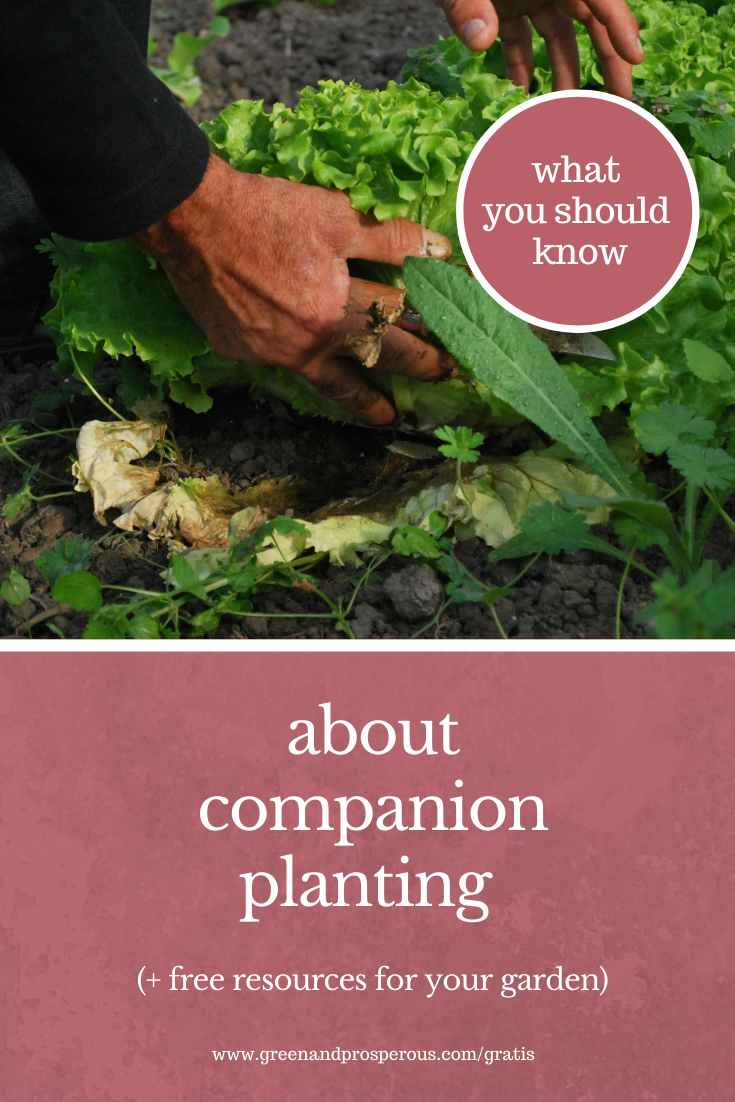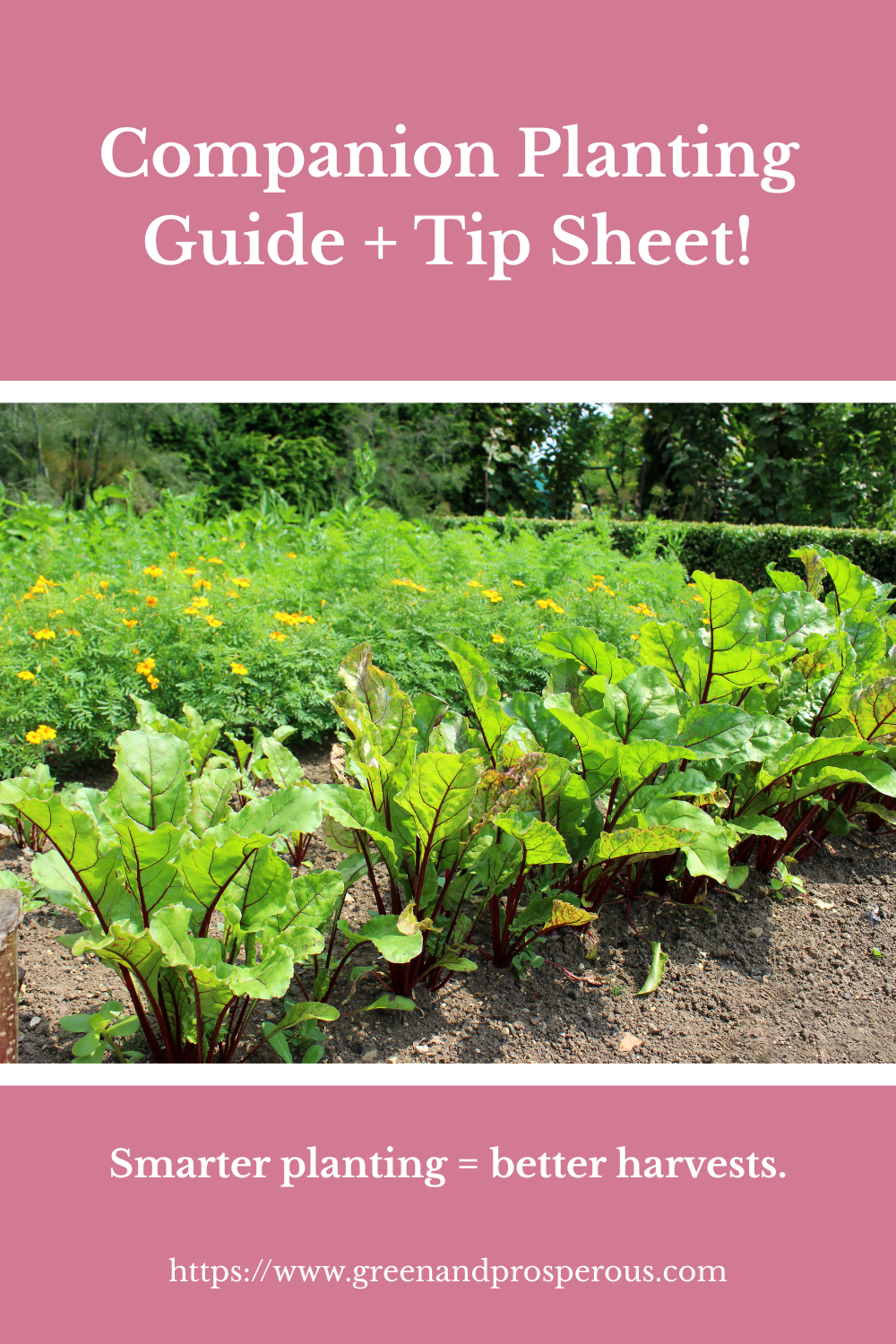What you should know about companion planting
/(updated June 18, 2025)
Experienced food gardeners know that their plants like to be surrounded by friendly companions. Companion planting, also called interplanting or intercropping, means growing one kind of plant next to others that help it thrive. Using this technique in your food garden — whether you are planting in ground, in raised beds, or in containers — can help you grow more in less space, and is a method especially favored by small-scale organic growers.
What are some benefits of companion planting?
Experienced gardeners often find that companion planting has numerous benefits. It can help control pests, attract pollinators, improve crop flavor, add nutrients to the soil, and reduce weed growth. Some companion plants are able to create a visual obstruction that prevents certain insects from finding the plants you are trying to protect. Planting chives or coriander in order to repel aphids seems to work in this way.
Intercropping can also attract pollinators that help produce the fruit or vegetable. This is especially true of intercropping with flowers. As a general rule, marigolds make good companions for most crops; aside from attracting pollinators, their strong scent may help to mask the smell of your vegetables from garden pests. Nasturtiums also work well, too, whether in ground, in raised beds, or in containers. They often work as a trap crop, attracting aphids and squash bugs and thereby deterring them from from attacking vegetable plants like tomatoes and squash.
What does the science say about companion planting?
Scientific studies back up many of the anecdotal claims about companion planting, showing that it is a good long-term strategy for improving crop yields and performance. However, there is continued debate in the scientific community over the benefits of companion planting. There is widespread acceptance among agriculture scientists of some of the ecological benefits of companion planting, including improved bioiversity. And most scientists agree that certain companion plants can produce repellent chemicals or mask the odor of the plant you want to protect. Overall, the majority of scientific studies also support the idea that companion planting can be an effective strategy for improving the quality of soil, promoting plant health and increasing yields in a sustainable and natural way.
Yet many still debate the actual ‘proof’ of the benefits of companion planting and say that more consistent data is needed. This is especially true when you factor in planting practices like how close or far apart crops are spaced. Companion planting is believed to work better in smaller plots of land, raised beds, and even containers, but the ability of growers to integrate it into larger agricultural systems, including large-scale commercial farming setups, is treated with some skepticism by scientists and the commercial agricultural industry.
There are also ongoing debates, and consequently, confusion over which plants go well together, and whether some of the reported benefits of companion planting are consistent or just coincidental. These are partly debates between using scientific methods (usually in controlled, laboratory stings) and using personal experience to determine how to companion plant. There are benefits to both methods, though admittedly, I prefer to rely mostly on experience (my own and that of successful gardeners I know) with a smattering of science to help me understand why certain combinations have seemed to work well in my own garden, while others don’t seem to have much effect one way or another.
How to choose companion plants
So what companions should you plant next to your food crops?
Many successful gardeners start with a few reliable plant pairings, like basil with tomatoes or marigolds with beans, and build their garden strategy from there. The key is to think in terms of function: pest deterrence, pollinator attraction, soil improvement, or space efficiency. The infographic below gives you a quick reference for some common companion plant combinations.
To make it even easier to create plant pairings that will work for your garden, we've created a comprehensive, 3-page companion planting chart that you can download, print, and use right away in your garden planning. It includes helpful tips, tested pairings, and a few plant combinations to avoid.
Like this? Please pin!











































With commercially-grown vegetables becoming increasingly subject to contamination by synthetic pesticide residue and deadly bacteria, finding quality produce is becoming more of a challenge. Part of the problem with commercial production are the monopolies by big food companies, which threaten food security and public health. A growing number of people have begun to see growing and harvesting their own vegetables as a way to reduce their exposure to these contaminants and exercise greater self-reliance.